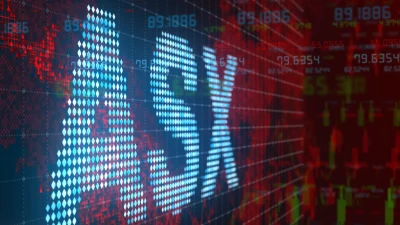Defensive stocks worth noting


Although the period between 2016 and mid-2018 saw the outperformance of cyclical companies over defensive ones, the longer time horizon indicated that it was defensive stocks that historically produced higher returns with lower volatility, according to State Street Global Advisors (SSGA).
According to the firm, which typically had stock rankings higher for defensive companies, the defensive companies outperformed cyclical by 1.2 per cent per annum over the span of the past 18 years.
To illustrate this, SSGA said that $100,000 allocated into defensive stocks would be worth $450,000 in 2019, bringing a return of 349 per cent or 8.6 per cent per annum, while the same money invested in a group of cyclical companies would see a return worth of $374,000, a return of 274 per cent or 7.5 per cent per annum.
“The outperformance of cyclical stocks from 2016 to mid-2018 is somewhat of an aberration compared to history,” SSGA’s senior portfolio manager, active quantitative equities, Bruce Apted, said in the note.
Also, the recent 35 per cent outperformance of cyclical assets was helped by improved economic growth, benign inflation and above trend earnings growth.
However, from mid-2018 investors began to re-evaluate the pricing of cyclical and defensive companies after difficult 2018 year, with many investors predicting volatility to continue into 2019.
Recommended for you
Index provider MSCI has unveiled two measures to make it easier for financial advisers and wealth managers to access transparent insights into private assets.
Vanguard has announced a strategic alliance with two US alternative asset managers to develop multi-asset solutions for financial advisers which combine public and private markets.
Clime Investment Management has enacted a range of growth initiatives to boost the firm’s reach with wholesale investors and a new approach targeting the retail market.
Generation Development Group, parent of Generation Life, has entered the ASX 200, having grown its funds under management to almost $4 billion.















